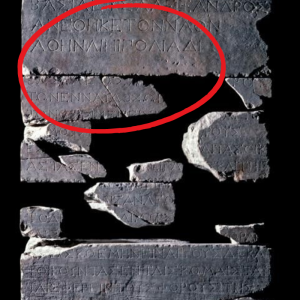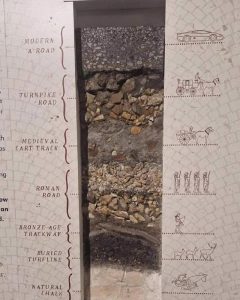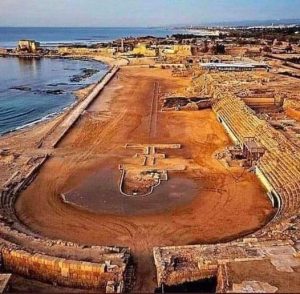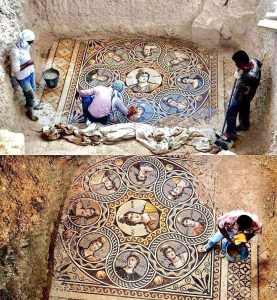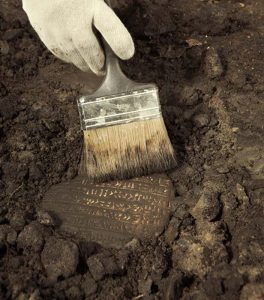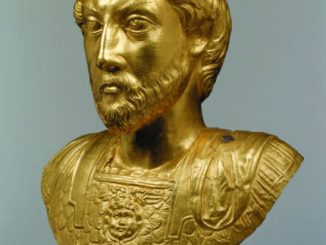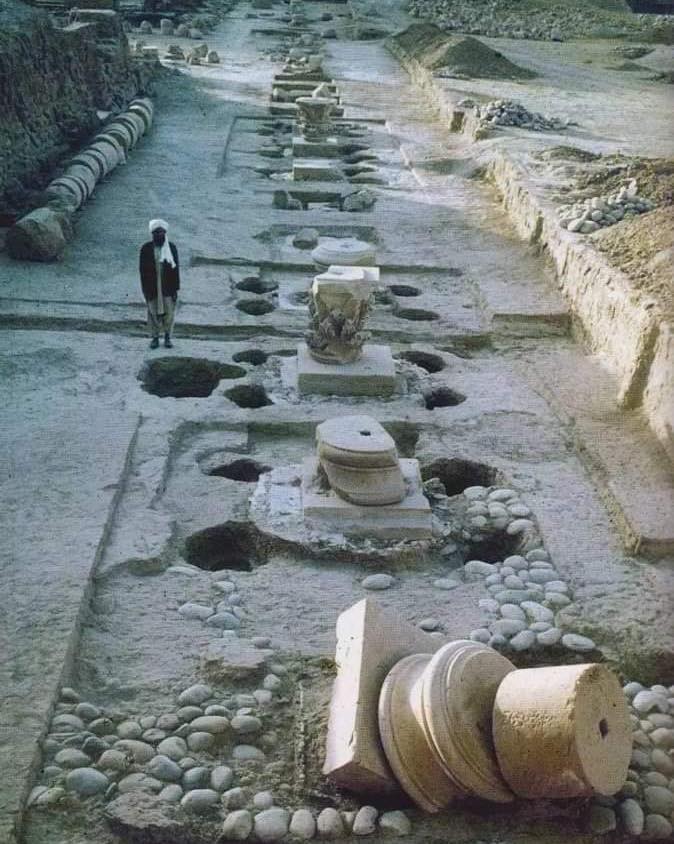
Nestled along the historical Silk Road in the Takhar Province of Afghanistan lies the ruins of the ancient Hellenic city of Alexandria of Oxus, also known as Al-Khanoum. This once-flourishing city, founded by Alexander the Great in the 4th century BCE, served as a vital hub of trade and cultural exchange between the East and West. In this blog post, we embark on a journey to explore the fascinating history and archaeological significance of Alexandria of Oxus, shedding light on its importance in antiquity and its enduring legacy in the modern world.
1. The Origins and Flourishing of Alexandria of Oxus Founded by Alexander the Great during his conquests in Central Asia, Alexandria of Oxus emerged as a bustling metropolis at the crossroads of civilizations. Situated strategically along the Oxus River, the city thrived as a center of commerce, linking the Mediterranean world with the lands of Central Asia and India. Its strategic location on the Silk Road facilitated the exchange of goods, ideas, and cultures, making it a melting pot of Hellenistic, Persian, Indian, and Central Asian influences.
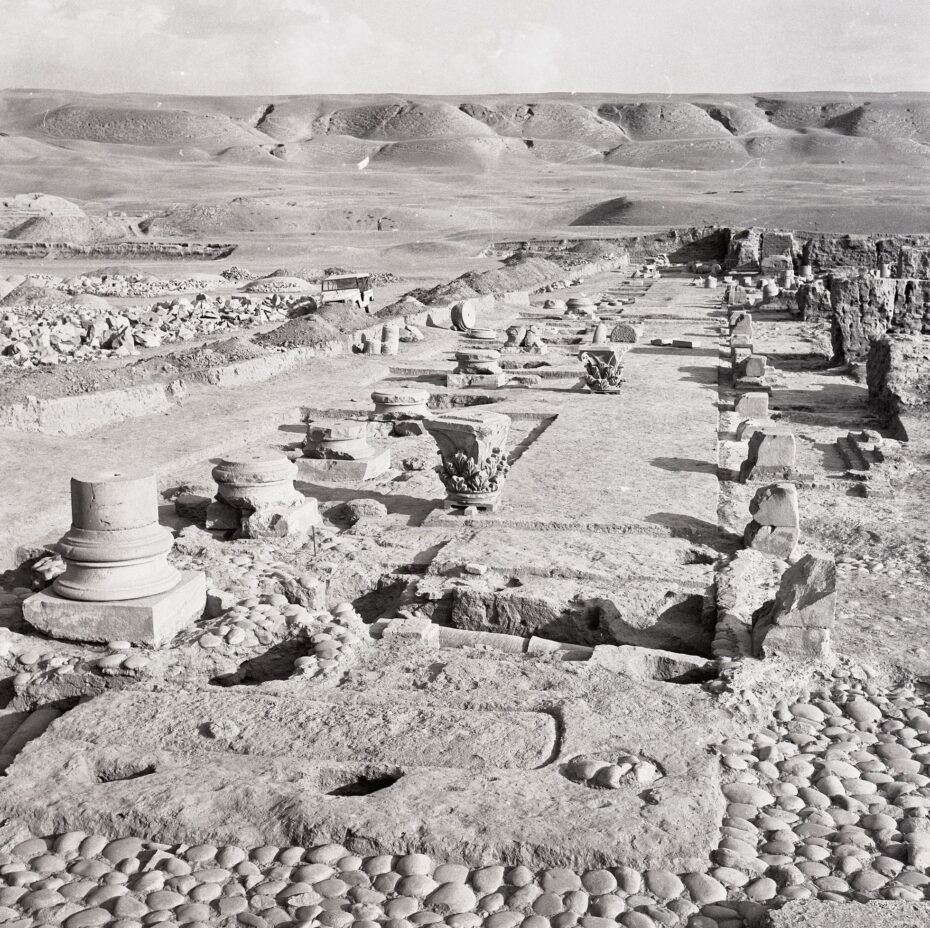
2. Architectural Marvels and Cultural Diversity The ruins of Alexandria of Oxus bear witness to the city’s architectural grandeur and cultural diversity. Excavations at the site have unearthed remains of monumental structures, including temples, palaces, and public buildings adorned with intricate sculptures and ornate decorations. The city’s layout, characterized by a grid-like street pattern and well-planned infrastructure, reflects the meticulous planning and urban design of Hellenistic cities. Moreover, archaeological discoveries such as coins, pottery, and inscriptions provide valuable insights into the daily life, religious practices, and artistic achievements of its inhabitants.
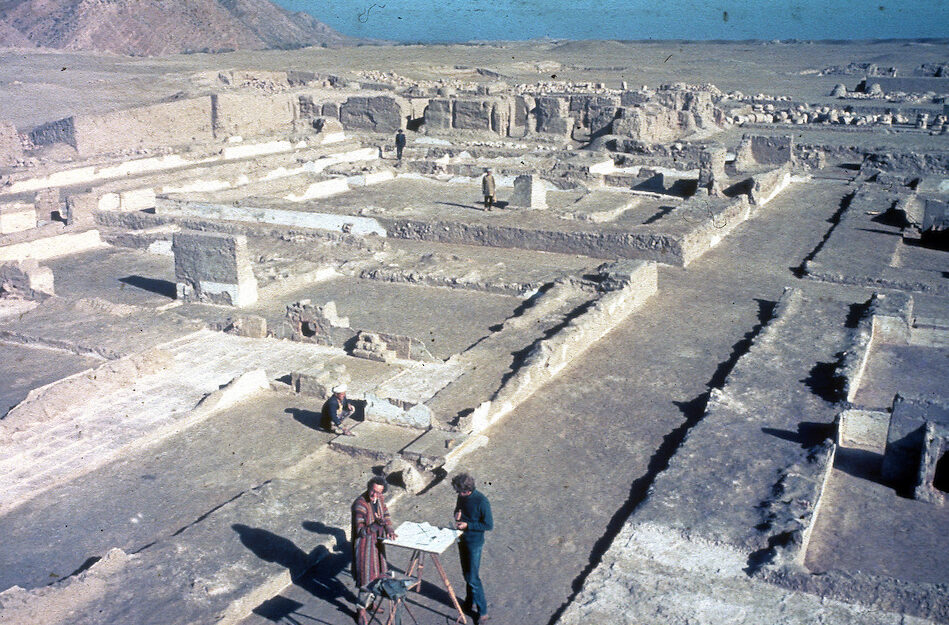
3. Decline and Rediscovery Despite its prosperity, Alexandria of Oxus eventually fell into decline following the conquests of the Seleucid and Parthian empires. The city’s fortunes waned as trade routes shifted, and political instability gripped the region. By the 3rd century CE, Alexandria of Oxus had been abandoned and forgotten, its once-great monuments reduced to ruins buried beneath the sands of time. It was not until the 20th century that the site was rediscovered by archaeologists, sparking renewed interest in its history and significance.
4. Archaeological Insights and Preservation Efforts The excavation and study of Alexandria of Oxus have yielded invaluable insights into the ancient history and culture of Central Asia. Archaeological research continues to uncover new discoveries, shedding light on the city’s role in the ancient world and its connections to neighboring civilizations. Efforts to preserve and protect the site are underway, with initiatives aimed at conserving its fragile remains and promoting awareness of its importance as a UNESCO World Heritage Site. As visitors explore the ruins of Alexandria of Oxus, they are transported back in time to an era of great cultural exchange and historical significance, marveling at the enduring legacy of this ancient Hellenic city.
In conclusion, the ruins of Alexandria of Oxus stand as a testament to the enduring legacy of ancient civilizations and their contributions to human history. As we reflect on the rich tapestry of cultures that once thrived along the Silk Road, we gain a deeper appreciation for the interconnectedness of the ancient world and the profound impact of cultural exchange on the course of history. Through archaeological exploration and preservation efforts, we can continue to uncover the mysteries of Alexandria of Oxus and preserve its legacy for future generations to explore and appreciate.
